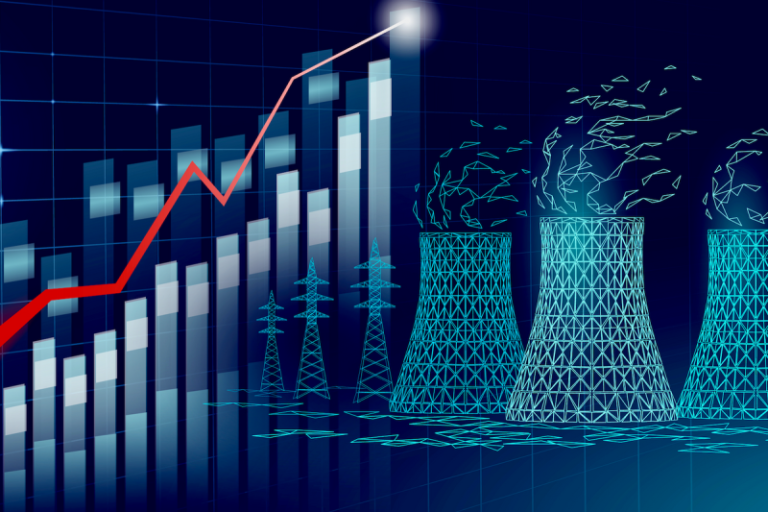The United States has outlined ambitious plans to significantly increase its nuclear power capacity by 2050, as part of a broader strategy to transition towards a more sustainable and low-carbon energy future. This move signals a growing recognition of the role that nuclear energy can play in meeting the country’s energy needs while reducing greenhouse gas emissions.
One of the key motivations driving this expansion is the imperative to address climate change. Nuclear power, as a low-carbon energy source, can help significantly reduce the carbon footprint of the energy sector. With the urgent need to curb global warming and transition to cleaner energy sources, the scaling up of nuclear power holds promise in contributing to a more sustainable energy mix.
However, the expansion of nuclear power capacity is not without its challenges and considerations. Safety concerns, radioactive waste management, and public perception are among the critical factors that must be carefully addressed in the planning and implementation of this strategy. The nuclear industry will need to prioritize safety measures and transparency to build and maintain public trust in nuclear power as a viable and safe energy option.
Furthermore, the financing and economics of nuclear power projects will also play a crucial role in determining the success of this ambitious expansion plan. Nuclear power projects are typically capital-intensive and require long lead times for construction and regulatory approvals. Ensuring cost-effectiveness and financial viability will be essential in attracting investors and stakeholders to support the growth of nuclear power capacity in the United States.
Another important aspect to consider in the scaling up of nuclear power capacity is the advancement of nuclear technology and innovation. Research and development efforts in next-generation nuclear reactors, advanced fuel cycles, and safety systems can help enhance the efficiency, safety, and sustainability of nuclear power generation. Investing in innovation and technological advancements will be key in unlocking the full potential of nuclear power as a clean and reliable energy source.
In conclusion, the United States’ plan to triple its nuclear power capacity by 2050 represents a significant step towards a more sustainable and low-carbon energy future. While there are challenges and considerations to address, the expansion of nuclear power holds promise in contributing to the country’s energy needs while reducing greenhouse gas emissions. By prioritizing safety, addressing public concerns, ensuring financial viability, and investing in innovation, the United States can harness the potential of nuclear power to drive towards a cleaner and more sustainable energy landscape.



